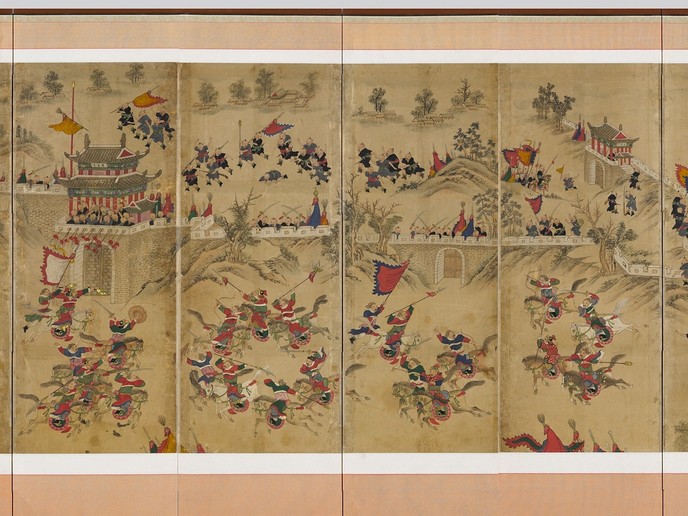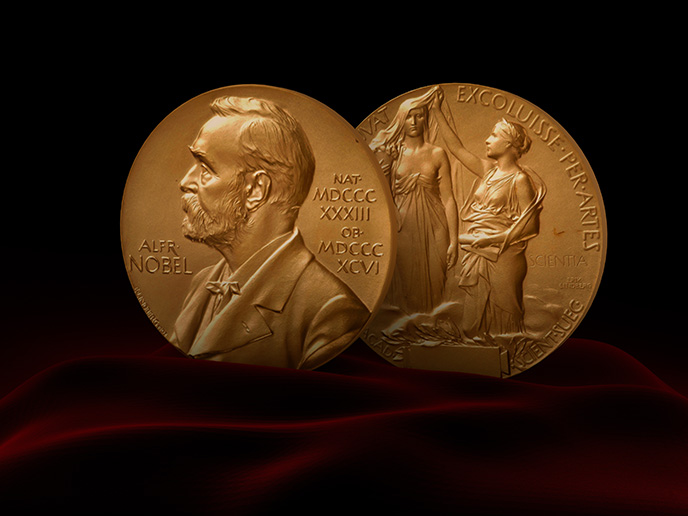A deeper understanding of the tumultuous 16th century in East Asia
Combining Iberian and East Asian primary sources can provide a fresh perspective on sixteenth century East Asian history, yet few scholars are trained in both specialisations. Thanks to the support provided by the Marie Skłodowska-Curie Actions(opens in new window) programme, the EURO-IMJIN project has located, transcribed, translated, and analysed previously unstudied European accounts of the East Asian War of 1592-1598, also known as the Imjin War. These newly accessible sources serve as a resource for historians of East Asia and Iberian literature. The Imjin War is considered to be the largest conflict of the sixteenth century world and it took place in East Asia. It comprised two invasions, launched by the Japanese hegemon Toyotomi Hideyoshi (1537-98) in 1592 and 1597. The defeated Japanese armies retreated in 1598, signifying the end of six years of conflict that involved 500 000 combatants from Japan, Korea, and China, as well as countless Korean civilians. The impact of the war on the broader area of East Asia was colossal.
Digging into historical archives and merging European and Asian know-how
The project investigates how the most important events of the war were narrated from a European perspective, filtered through a Christian lens. “After locating manuscripts in various archives, I copied them and transcribed them, modernising the old vocabulary to help us read and translate them into English,” explains lead researcher Giuseppe Marino. “In cases where there were variations among the copies of a particular manuscript held in various archives, I established a stemma codicum(opens in new window).” EURO-IMJIN collaborated closely with the team of Chinese, Japanese, and Korean historians working on the ERC HORIZON 2020 project, Aftermath of the East Asian War of 1592-1598(opens in new window) at the host, the Autonomous University of Barcelona, to ensure the accessibility and relevance of sources to experts in the field of East Asian history. The project also produced a series of publications, conference papers and other dissemination activities.
Historical research as a bridge of comprehension between the East and the West
Before starting his research, Marino had already surveyed various archives and knew that there would be sufficient material to make the project feasible. However, during the course of the project, Marino found many more sources than expected, revealing a body of previously unknown writings by Europeans. “The extent of this newly discovered European interest in the Imjin War raises many interesting questions that need to be pursued by future research,” notes Marino. “What is the true impact these sources had on European literature? Are there additional sources yet to be discovered that deal with the Imjin War? Did Europeans in Europe gain an understanding of the magnitude of this conflict through these reports?” In this way, EURO-IMJIN provides food for thought and opens new horizons for a wide scientific audience.







